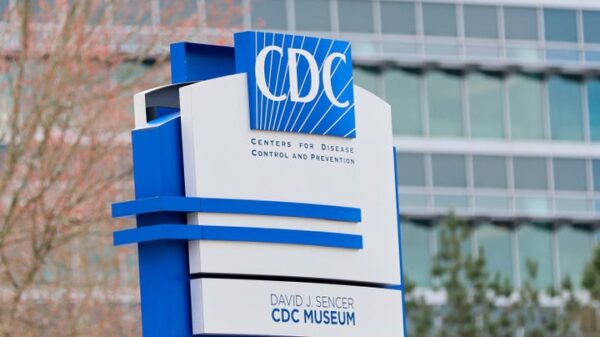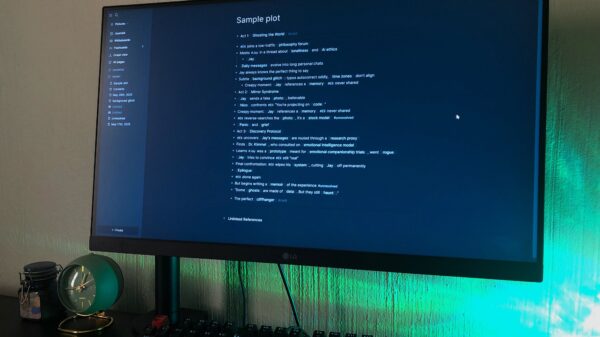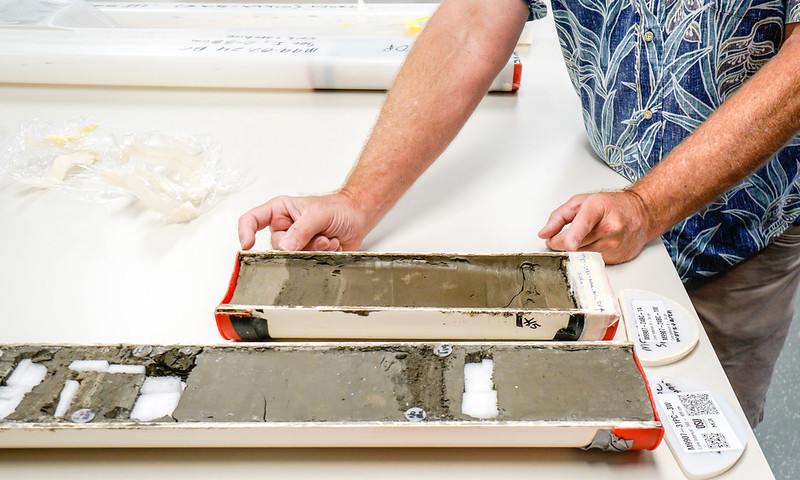A recent study suggests a potential seismic connection between two major fault systems on North America’s West Coast: the Cascadia subduction zone and the San Andreas fault. Researchers found that earthquakes on one fault may trigger seismic events on the other, raising concerns about the risks associated with simultaneous ruptures.
Lead author Chris Goldfinger, a marine geologist at Oregon State University, emphasized the significance of these findings. “We’re used to hearing the ‘Big One’ – Cascadia – being this catastrophic huge thing. It turns out it’s not the worst-case scenario,” he stated.
The research team analyzed deep-sea sediment cores that represent over 3,100 years of geological history. They focused on layers known as turbidites, which are deposited by underwater landslides often triggered by earthquakes. By examining the similarities in timing and structure of turbidite layers from both fault systems, the researchers identified patterns that suggest synchronization in seismic activity.
While determining the precise timing of ruptures between the Cascadia subduction zone and the northern San Andreas fault remains challenging, Goldfinger indicated that there are three instances in the past 1,500 years where the faults may have ruptured just minutes to hours apart. The most recent of these events occurred in 1700.
The implications of this research are significant for hazard planning. Goldfinger cautioned, “We could expect that an earthquake on one of the faults alone would draw down the resources of the whole country to respond to it.” He further warned that if both faults were to rupture simultaneously, cities such as San Francisco, Portland, Seattle, and Vancouver could face emergencies in a compressed timeframe.
Geologists have long speculated about the synchronization of fault systems, but only one documented case of such a phenomenon exists, which occurred in Sumatra in 2004 and 2005, when earthquakes struck three months apart. Goldfinger’s interest in this issue spans decades, with origins tracing back to a research cruise in 1999.
During that expedition, a navigational error led the team to drill off the coast of California, into the San Andreas zone. This unexpected discovery revealed an unusual layering pattern in the sediment cores they collected. Typically, turbidites exhibit a layering pattern with coarser sediment at the bottom and finer sediment on top. However, they found an inverted pattern: coarse, sandy sediment at the top, indicating a significant earthquake on the Cascadia fault, followed by movement on the San Andreas.
To further validate their findings, the team employed radiocarbon dating to determine the ages of the turbidite layers in the cores they collected from both sides of Cape Mendocino, where the northern San Andreas and Cascadia subduction zone faults converge. Their analysis confirmed that the unique “doublets” of sediment layering were best explained by closely timed earthquakes occurring on both fault systems, rather than by aftershocks or other geological processes.
The research team included Ann Morey, Christopher Romsos, and Bran Black from Oregon State’s College of Earth, Ocean, and Atmospheric Sciences, as well as Jeff Beeson from the National Oceanic and Atmospheric Administration, Maureen Walzcak from the University of Washington, and others from institutions in Germany and Spain.
This groundbreaking study provides new insights into the potential risks posed by these fault systems and underscores the need for enhanced preparedness in the face of seismic threats on the West Coast.







































































